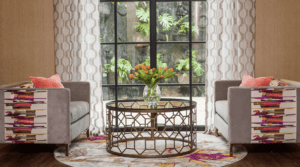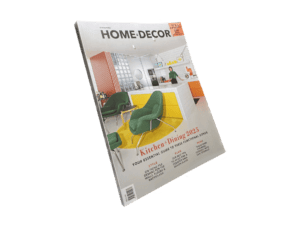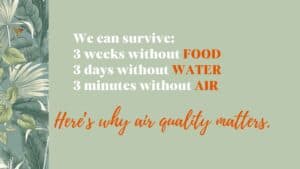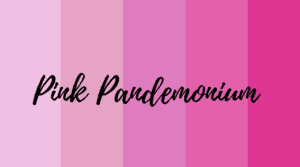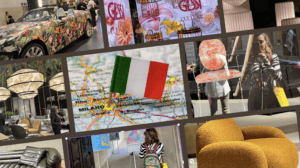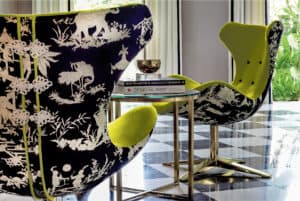
As designers, we know the power our environment can have in shaping our mood and influencing how we feel. Good design should be more than just a visual creation. We experience our environment through all our senses so by working with fragrances, textures and sounds, as well as visual stimuli, we can create a total sensory experience to genuinely influence how we feel.
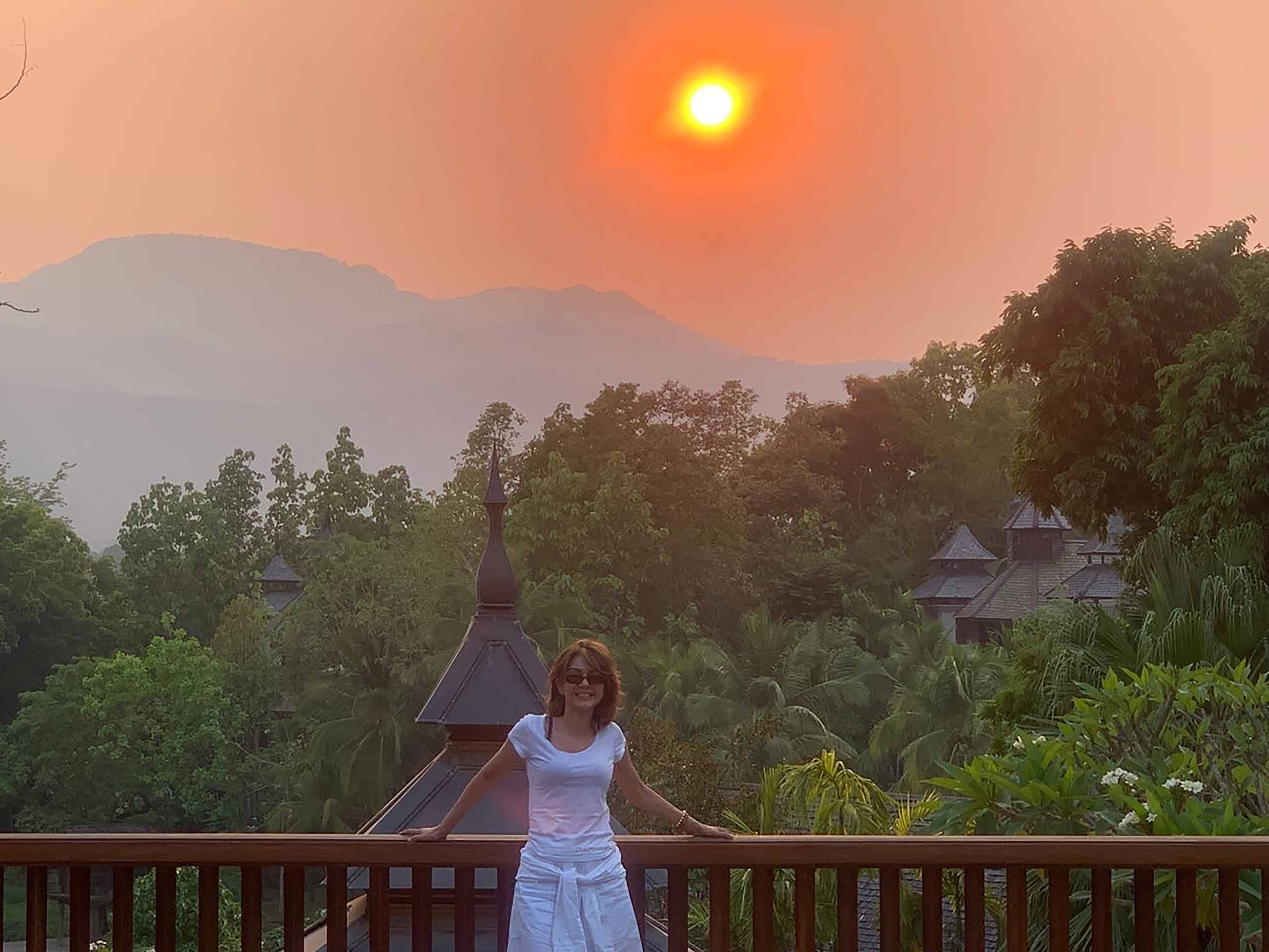
The Science of Serenity
In 1984, a doctor in a hospital in Pennsylvania noticed a curious pattern among patients who were recovering from surgery. Those who had rooms with a tree view were being discharged almost a day earlier, than those in otherwise identical rooms whose windows faced a wall. This observation led to a flurry of recent research which has since proven emphatically that looking at trees has significant measurable healing effect on our bodies and mind- Yes, scientists have proven that the simple tree can ease blood pressure , slow pulse rate, calm breathing and loosen muscles -in other words plants helps us relax. Indeed, clinical studies have proven that people living in green areas have lower rates of cardio vascular, respiratory disease and stroke.
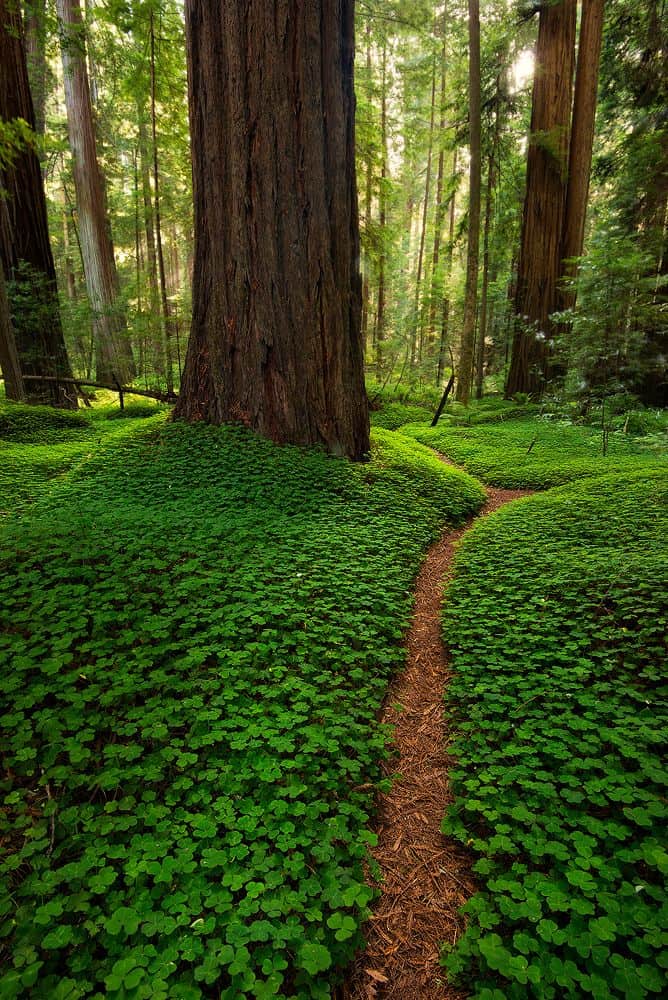
The Japanese have longed practiced Shirin-yoku, taking in the forest atmosphere or “forest bathing,” to alleviate stress, fatigue, and feelings of depression or aggression. Experiments conducted in Japan found that either walking in the woods or even stationary viewing of trees reduces levels of the stress hormone ,cortisol. Cortisol reduction and calming our metabolic rates can actually bolster the immune system. The science of forest medicine encourages breathing in the woodsy air because plants emit phytoncides, gasses that ward off rot and attack from bacteria, fungi, and insects. More than 5,000 of these compounds are recognized and such compounds have been used in traditional medicine for centuries to boost the immune system and now science is proving the herbalists right. But it is not just about these chemicals, natural images have a particular structure : they are “scale invariant,” meaning that no matter how much you enlarge them they contain the same amount of detail. Such images are easy for our brains to process. In contrast, unnatural images are scale variant, and the greater the variance, the more uncomfortable we find an image.
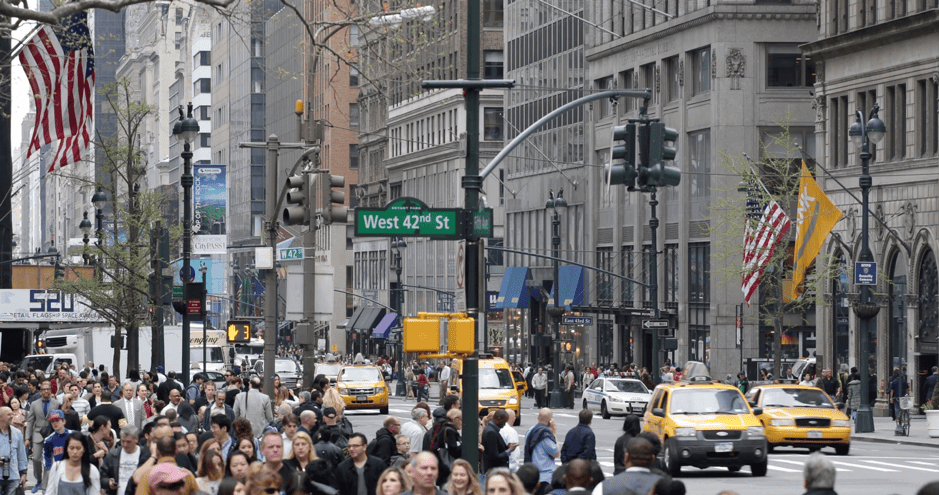
Unnatural images, are measurably more uncomfortable to look at than natural ones and require larger oxygen intake in the brain and requires more brain energy. In other words, constantly looking at unnatural images is physically draining. Creating calm environments at home. The good news is that we can employ some of these scientific findings in our designs to create environments that promote relaxation. If we are lucky enough to live in a home with a garden , then positioning a seating arrangement to optimise a verdant view would be an easy design tactic.
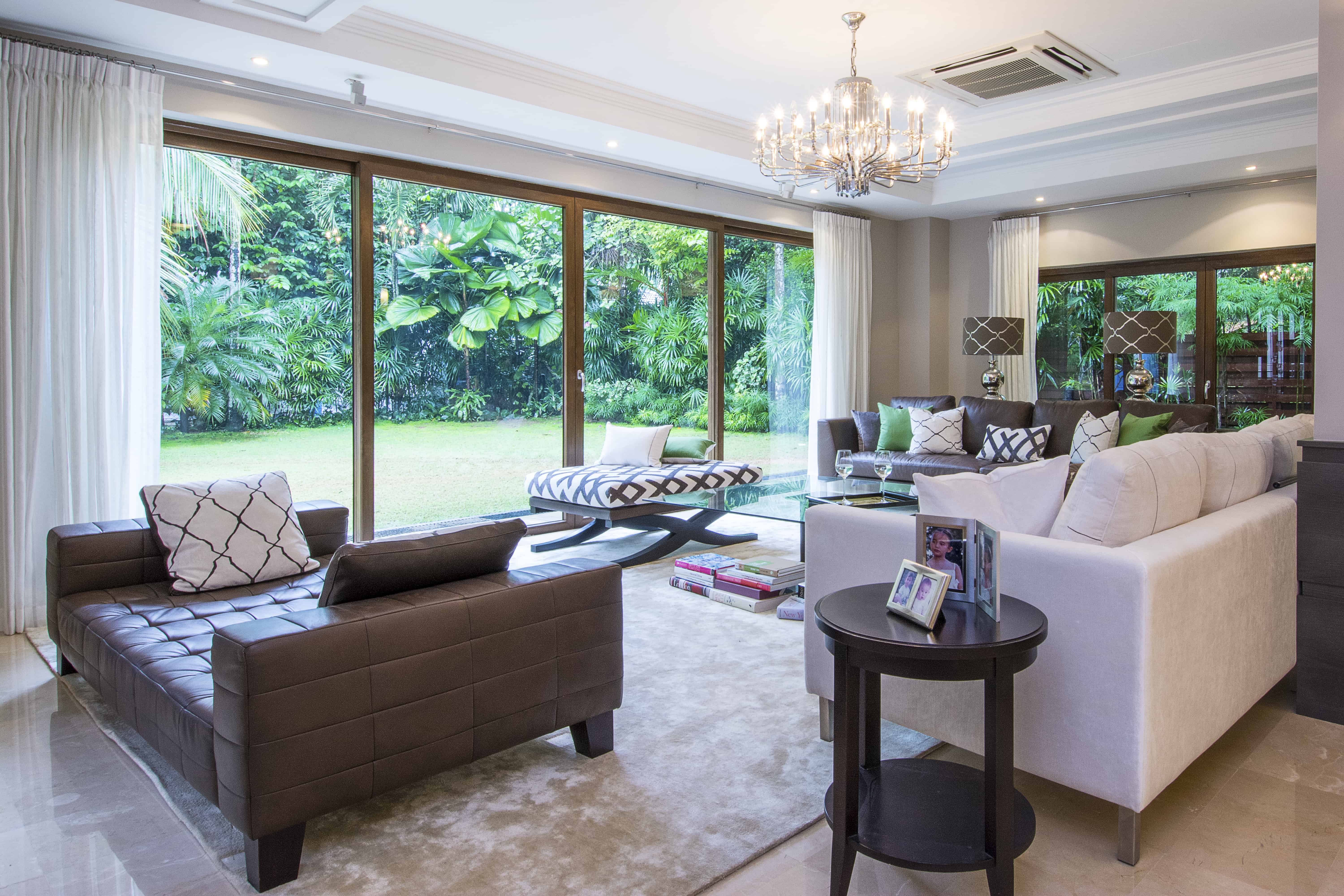
But for many city dwellers, that is not an accessible luxury. Luckily, research shows that simply incorporating house plants into our rooms or even pictures of trees into our designs can help lower our metabolism and alleviate stress.
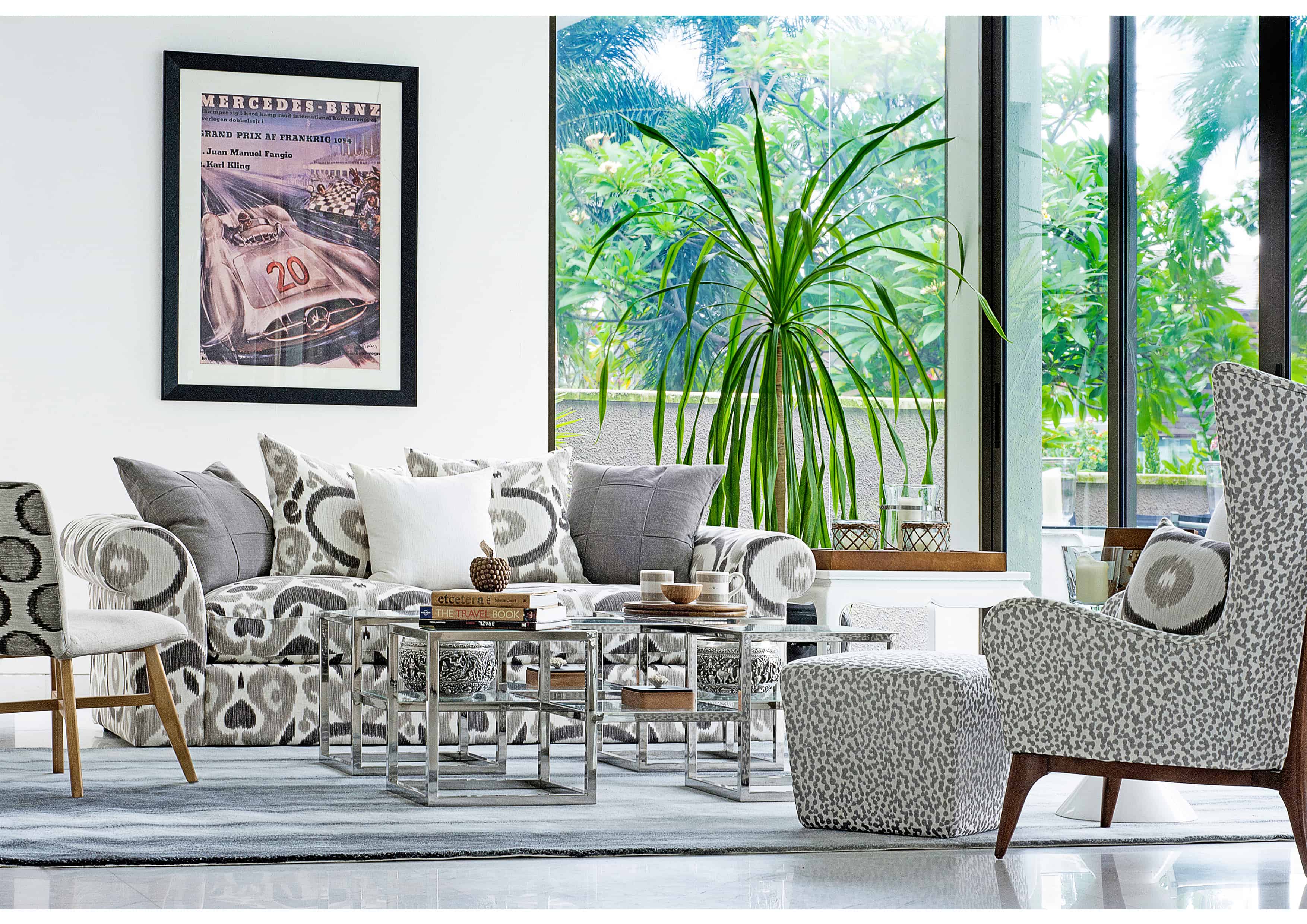
That’s why in many public buildings like hospitals, designers incorporate murals of natural images into the interior design.
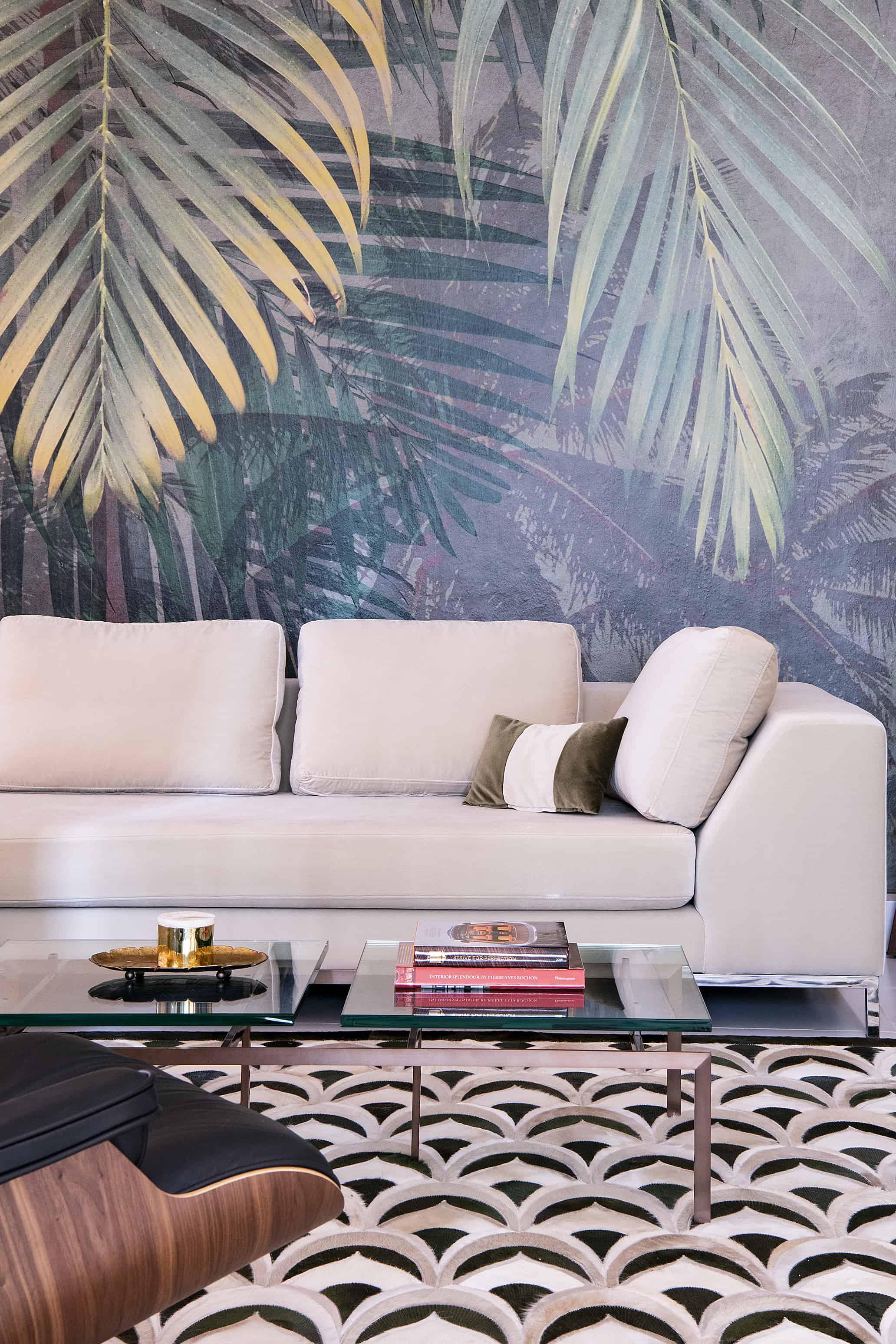
These inexpensive design elements, not only look great but can genuinely improve our health at the same time.
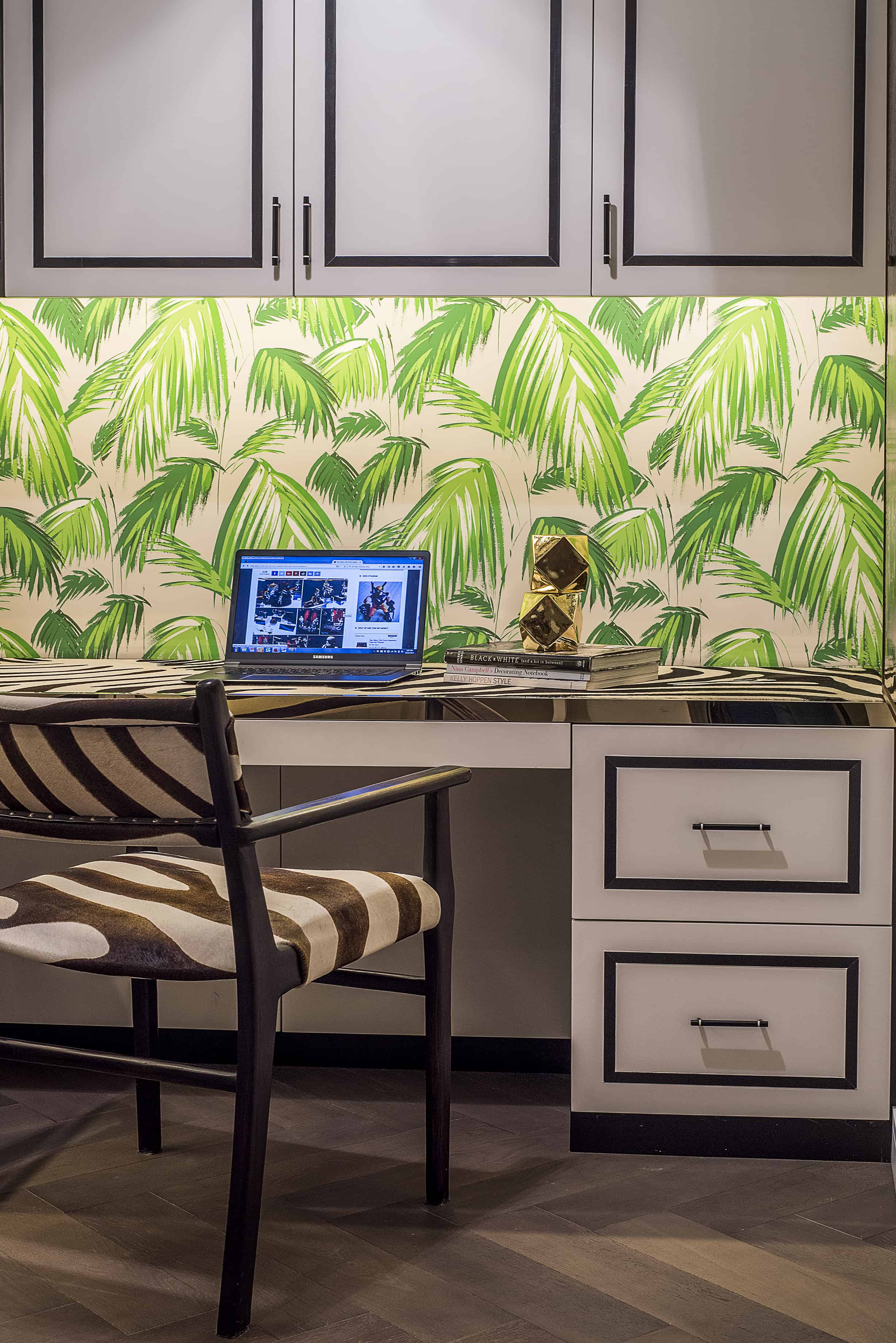
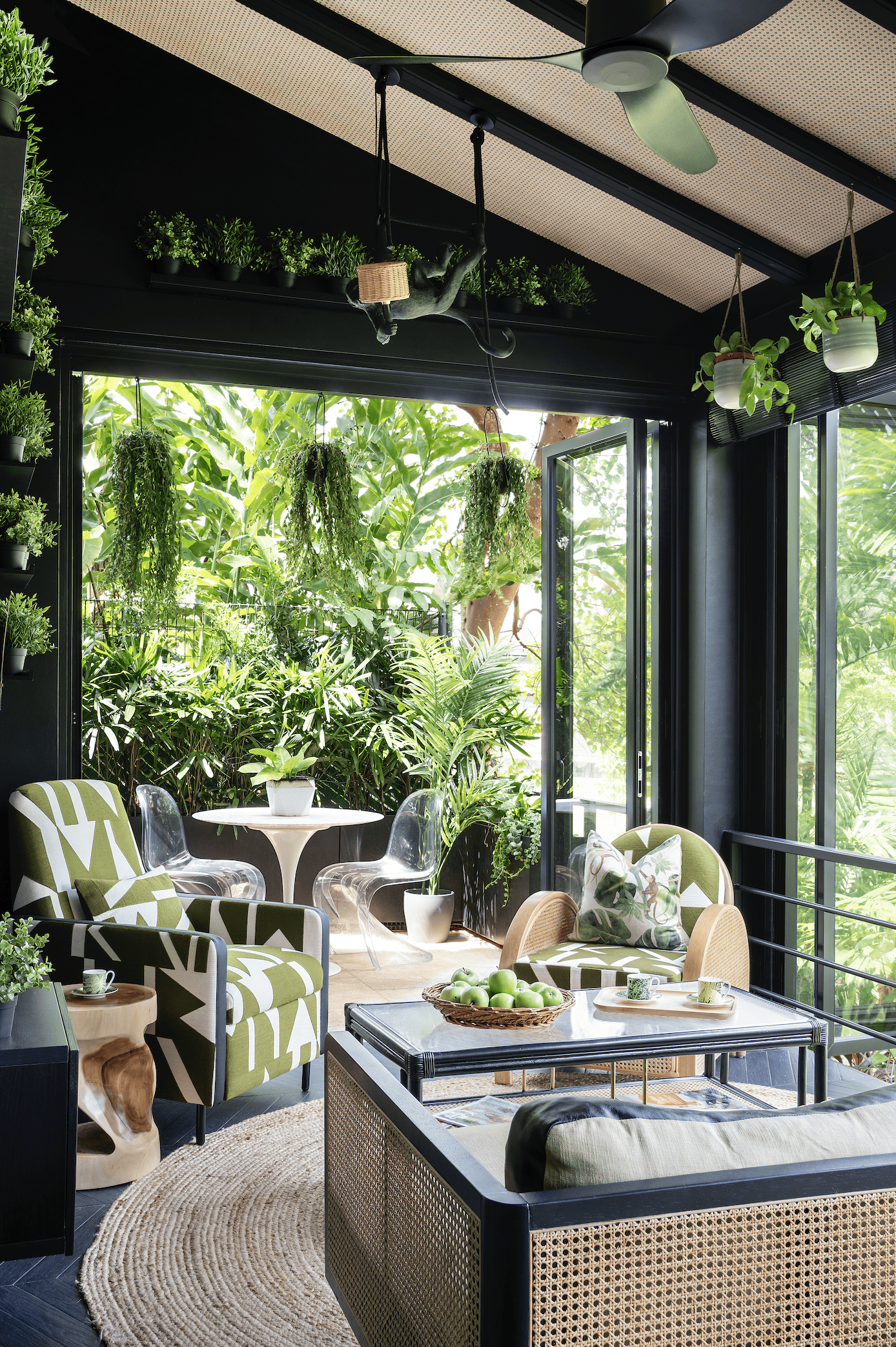
And ultimately that is the true purpose of design- the creation of built environments that make us feel good and improve our wellbeing.


